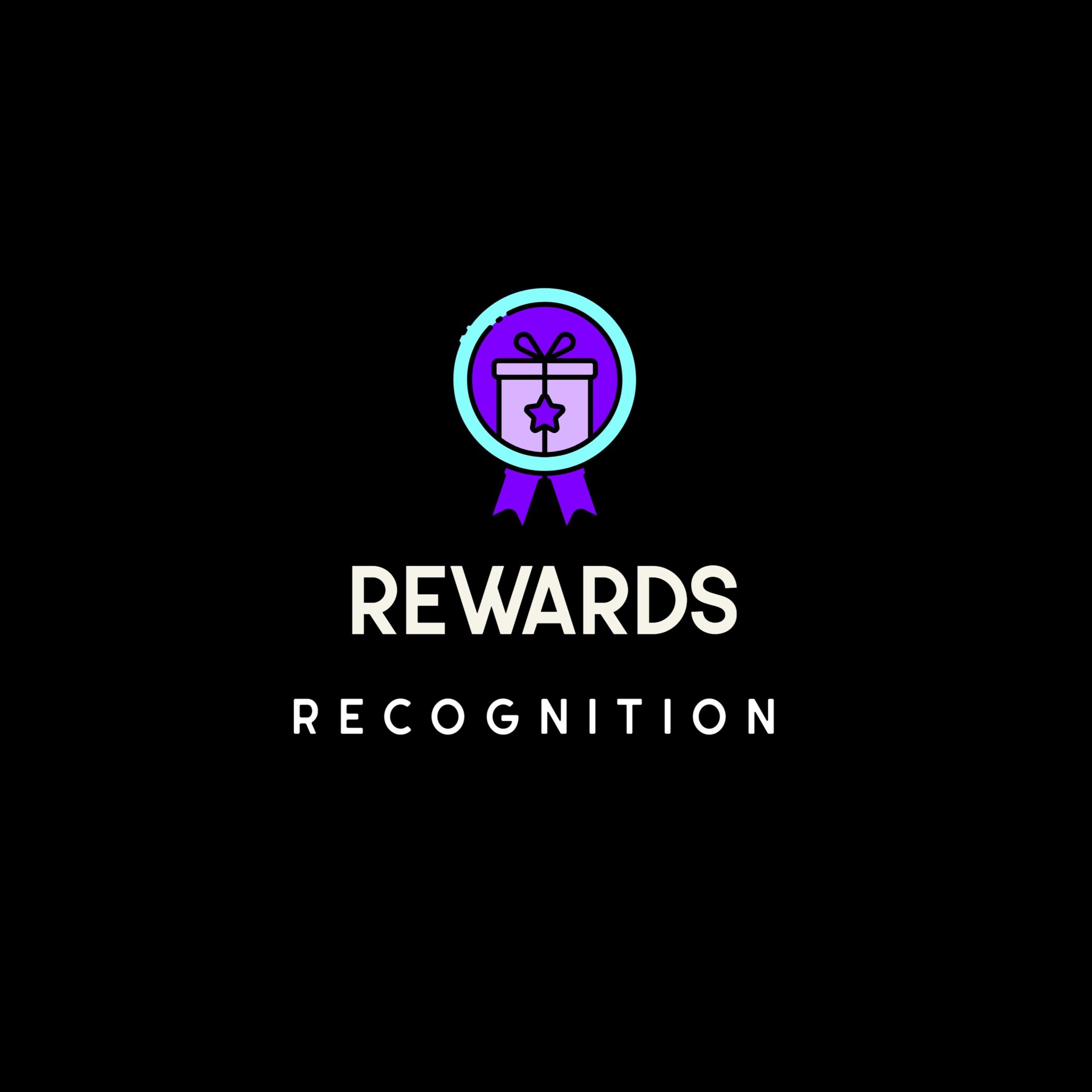Velocity in business
Make it Rain - Money
Velocity Growth Drivers Start with Shared Internal Objectives that Improve Alignment Between Departments. This Increases Speed to Market and Velocity of Product Development and Sustainment.
Compare Your Organization to these Elements of Velocity Growth Drivers
-

Velocity Revenue Drivers
You have specific plans in place to increase your revenue velocity. You have established cross-departmental accountability and processes that align on creating customer value and speed to market. We have processes in place to make us easy to sell for and easy to buy from.
-

Organizational Structure
You’ve adopted a progressive organizational structure that aligns you to strengthen the value chain. You embrace organizing around customers rather than around products.
-

Measurement and Fact-Based Culture
Your organization doesn’t argue about facts as they are well scrubbed and “truth”. You use trended measurements over snapshots. You have a measurement-based culture that focus on things important to the customer and user.
-

Fulfillment and Delivery
You deliver products and services as promised. You measure fulfilment quality metrics that integrate into the voice of the customer needs.
-

Fulfillment Goals and Measurement
Your fulfilment and customer care managers share your growth goals. You manage the fulfilment system to allow all stakeholders (including customers) understand the steps and expected date of delivery.
-

Company-Wide Rewards and Recognition
Your rewards are based on simple, easily communicated, criteria including participation in value creation. You clarify what it takes to get promoted. You use rewards and recognition to encourage individual performance and team alignment.
-

Customer Care
You view customer care functions as a way to create value and not as an expense. Cost efficiency is only pursued with an eye to the desired customer expectations.
-

Executive Appeal
You have a robust executive appeal process, where customers can get resolution beyond the normal customer care process and executives can learn from unhappy customers
-

Vision, Mission and Values
You have annual efforts to refine your company vision and mission statements. You have developed a list of values to guide how you will conduct ourselves internally and externally.
-

Technology
You embrace technology and automation. You use these to improve the customer experience and value chain. Your cutting-edge technology innovation is beta tested. You use agile approaches
-

Brand Development
You have developed a brand with a promise of future performance delivery. You manage your brand to meet your company vision and mission.
-

Competitive Positioning
You can articulate what differentiates your products/ services from those of your competitors and communicate these in your marketing efforts.
-

Promotions
You clarify what it takes to get promoted. You’ve moved from ‘ready-now’ promotions to ‘will be ready’ personnel promotions.
-

Pricing Optimization Strategy
You price such that you know you are achieving the maximum customer value while extracting that value into revenue. You only reward discounts for specific customer behavior such as trial, growth and volume.
-

Revenue Plans
Your marketing, sales and go-to-market plans are co-owned by sales, marketing and product fulfillment departments. Your revenue/marketing plan puts a priority on Value Creation, Volume and Velocity for maximum market effect. Your plans include specific things You will stop doing that no longer meet these needs.
-

Unique Selling Proposition
You have created a one-page elevator speech for important products and services. This clarifies exact language that discriminates us against our competitors. This exact language is consistently used in all customer communications from sales to advertising.
-

Market Coverage
You have aligned our sales channels with how customers want to buy and with their purchasing power. This includes field sales, inside/tele, customer care upsell, partner sales and e-sales channels.
-

Product Distribution / Channel Management
You manage product and service offerings to match best channel performance using a long-term profit-maximizing manner. Incentives applied at the channel level are based on margin not revenue.
-

Sales Process
You have designed a replicable sales process fundamentally based on how your customers' typically purchase from you and validated by how your highest performers sell. This process is well adopted.
-

Account Planning
You have structured processes to collaborate with customers and build joint account plans. These plans create value for both the customer and our business.
-

Key Account Management
Key customer accounts clearly understand they have access to your scarcest resources in exchange for helping grow your business. You up/down-tier accounts based on account performance.
-

Customer Relationship Management
Your CRM system provides value to your business and to your customers. The organization recognizes and safeguards against the damage an inefficient CRM system can have on both customer and employee morale.
-

Business Development
Your organization understands the difference between BD and sellers. You embrace the longer sales cycles resident in an optimal BD function.
-

Sales Cadence
Your organization manages sales productivity while caring for the sales rep’s desire for creativity. You use a variety of methods such as canvass kick-offs, spurts, celebrations and customer testimonials to maintain cadence and offer recharge events.
-

Sales Metrics
You have identified the drivers of business success. You include focus on metrics to achieve value creation, volume and velocity. You also use sales metrics that include loyalty, retention and margin. Individuals receive appropriate dashboards allowing them to take clear action to drive these business outcomes.
-

Sales Compensation
Your organization recognizes that many in sales are ‘coin-operated’. Your sales compensation plans are simple and weighted to include doing what’s right for the customer and company margin.
-

Sales Operations
Your organization meaningfully and measurably contributes to the ability of our sales organization to close quickly and serve our customers effectively. Your sales systems are not overly complex. Your sales productivity systems are designed to encourage customer touches with solution selling and insight selling techniques.
-

Communications
Your advertising and communications are authentic. Your strategic brand communication represents an overarching level of performance and future promises. For your product marketing, the organization promises what it will deliver and then delivers on this promise. Your messaging leads all your stakeholders to your unique differentiators.
-

Communications Measurements
You allocate your advertising and communications media spending based on a clear understanding of the returns on investment from each of the different elements in the mix. You use sentiment goals and tracking for all communications.

